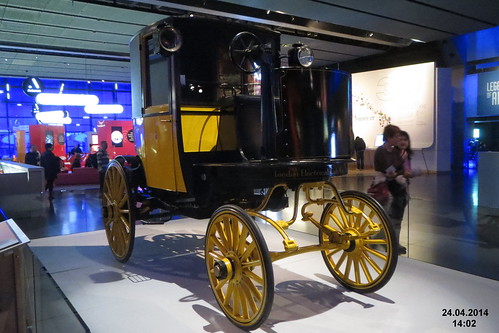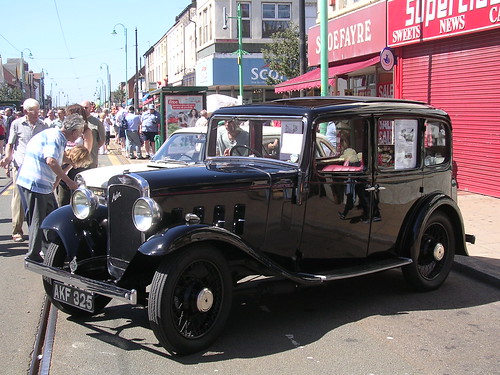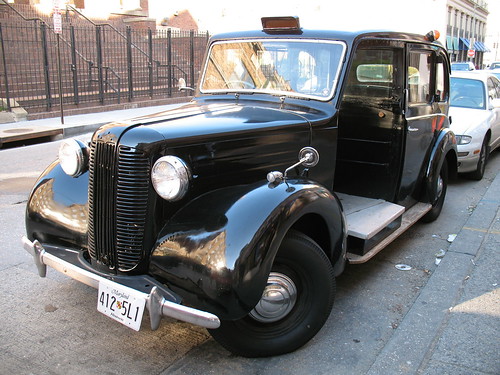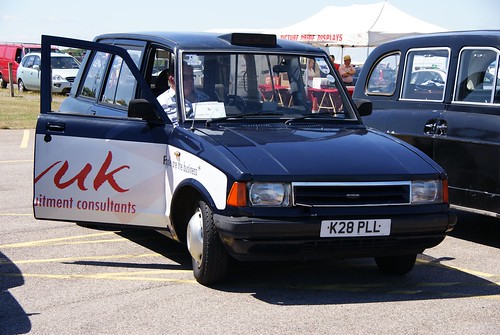Evolution of the Black Cab
The black cab has changed throughout the years and further efforts are being made to ensure that they are made more environmentally friendly. Only recently, the new Metrocab was unveiled in an effort to meet the Mayor’s demands that all London taxis should be capable of running in zero-emission-mode from 2018.
History of the Black Cab

Originally in the 17th Century, the London black cab comprised of a horse and cart, and was referred to as a “Hackney Carriage”. One of the first laws that was passed to regulate the industry was that all vehicles had to be inspected to ensure that they were fit for use before they could be used in the trade. Although this measure was put into place almost 400 years’ ago, it is still enforced to this current day.

In 1887, the first motor electric cabs came into use. These were typically run on electric, before the introduction of petrol engines towards the beginning of the 20th Century where older models were subsequently replaced with the French-built Prunel. One example of an electric model is a Bersey which was informally known as the “Hummingbird” due to the minimal sound it produced when it was running.

In the 1930s, the Austin cab model 12/4 dominated the scene. It was more commonly known as the “High Lot” as it was much taller than its rivals.

The Austin FX3 was released in 1948, and this is seen as a pivotal step in the evolution of the black cab. Originally, the FX3 was fitted with a petrol engine, but it was soon deemed too expensive to run and was replaced by a diesel engine.
Ten years’ later, and possibly the most iconic black cab model which has been released to date. In 1958, the FX4 was released, and is the image most people conjure up when they picture a black cab! It was renamed the “Fairway” after a local company of the same name began producing it. Since then, the organisation has been producing around 80% of hire cars in the UK that we see on our streets today.

The MCW Metrocab came onto the scene in 1987, and had a particular advantage over its rival, the FX4, in that it was wheelchair accessible. This in part encouraged the revision of the FX4 model to include wheelchair accessibility, and ensure that the model was still competitive.
In 1997 a new model was released which marked the end of the Austin range, and design rights had passed to London Taxis International. Although the newer model was significantly more advanced than its predecessor, it retained much of the same features that make a London black cab instantly recognisable on the street.
Finally, we have the new Metrocab, an electric powered cab which was produced in an attempt to make the industry more environmentally friendly. London Taxis International has also gone through a rebrand, and is now known as London Taxi Company. They are preparing to create a petrol / electric hybrid model to compete with the Metrocab.
Tradex has been providing taxi insurance for over 20 years’ now, so we’ve seen first-hand how the models have evolved.